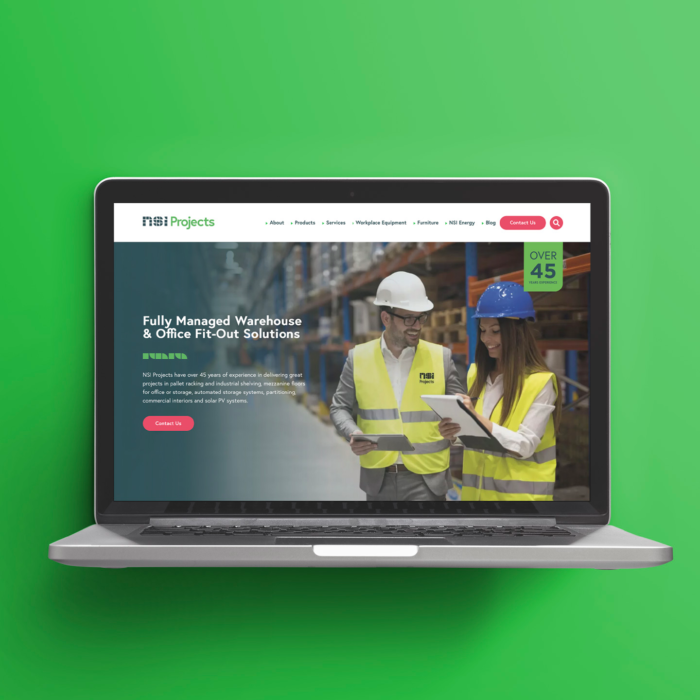Responsive and Mobile-First Design
Your website needs to adapt seamlessly to various screen sizes and resolutions. Therefore, a mobile-first design ensures that the user experience is prioritised on smaller screens, with content and navigation optimised for touch and swipe gestures.
User-Centric and Accessible Design
User-centric design places the needs and preferences of the audience at the forefront. So, web accessibility is a significant focus, ensuring that websites are inclusive and usable by individuals of all abilities. Designing with empathy means considering factors such as ease of navigation, readability, and accessibility features like alt text for images.
SEO and Performance Optimisation
Finally, in the world of web design and development, aesthetics must go hand in hand with performance. Therefore, search engine optimisation (SEO) is critical for visibility, and websites need to load quickly to keep users engaged.
The Future of Web Design and Development
As we look to the future, these trends are likely to continue evolving, driven by advancements in technology and changing user preferences. The key to success lies in finding the right balance between aesthetics and functionality, creating websites that not only look stunning but also deliver exceptional user experiences.
Embracing these trends allows your business to stay competitive in the digital landscape. Moreover, it ensures its online presence remains fresh, engaging, and user-friendly.







